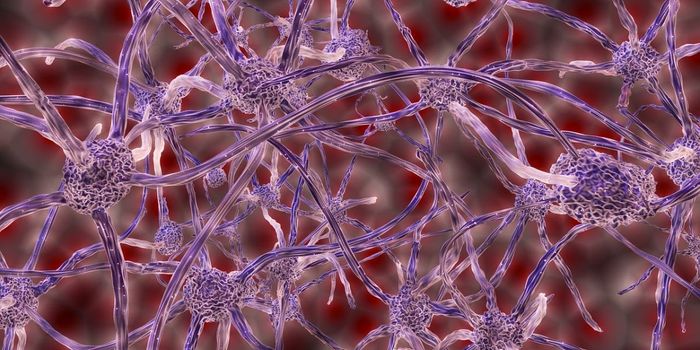

Making it through a deeply distressing or disturbing experience is painful, complicated, and hard to do. Yet, most people go through a traumatic experience at some point in their lives, and the large majority of those people make it through the trauma and put it behind them. A smaller percentage of people can’t leave the experience behind, no matter how much they want to.
Post-traumatic stress disorder (PTSD) is “a whole-body tragedy,” according to psychotherapist Susan Pease Banitt in her book “The Trauma Tool Kit.” It is “an integral human event of enormous proportions with massive repercussions.” According to the NIH, there are four types of symptoms: re-experiencing, avoidance, arousal and reactivity, and cognition and mood. Re-experiencing symptoms include flashbacks, nightmares, and frightening thoughts. Avoidance symptoms include feeling emotionally numb, having trouble remembering dangerous events, staying away from places that remind the person of the traumatic experience. Arousal and reactivity symptoms include feeling constantly “on edge,” having trouble sleeping, and being startled easily. Lastly, cognition and mood symptoms include having negative thoughts about oneself, having distorted feelings like guilt, and losing interest in once enjoyable activities.
About eight million Americans suffer PTSD each year; civilian and military population included. “We assume that people living in an otherwise stable environment have better conditions for long-term recovery than individuals who experience lengthy wars or live in a constant state of violence,” said NYU Langone Medical Center psychiatry professor Arieh Y. Shalev, in a press statement. "This might explain part of their spontaneous recovery without initial treatment."
However, new research shows that early treatment for post-traumatic stress accelerates recovery, but it does not sustain it.
For this study, researchers examined 232 non-military individuals suffering from PTSD after experiencing a single traumatic event. The researchers treated each participant, one month after the traumatic event, using either prolonged exposure therapy, cognitive therapy, selective serotonin reuptake inhibitors (SSRIs), or a placebo pill. The researchers also tracked the participants who declined treatment.
The scientists reassessed the patients at 5 months and at 3 years. They found that patients in the prolonged exposure therapy and cognitive therapy groups experienced significantly less symptoms by 5 months (61 percent better than other groups). Their symptoms didn’t go away, but remained low for three years. The SSRI, placebo, and declined-treatment groups reached the same low level of symptoms by the three-year mark. Thus, early prolonged exposure therapy and cognitive therapy significantly shortened the time to recover. However, those therapies did not reduce the overall three-year prevalence of PTSD.
“What this study tells us, at its core, is that there is a significant public health challenge ahead. Individuals continually expressing initial PTSD symptoms, and who are resistant to early treatment, should be the focus of future research," Shalev said. "They are the ones who remain chronically distressed and disabled, and require care long after their traumatic incident. We need to find ways to identify these subjects, increase the early favorable responses to existing treatment, and find new ways to reduce the long-term burden of PTSD.”

 Making it through a deeply distressing or disturbing experience is painful, complicated, and hard to do. Yet, most people go through a traumatic experience at some point in their lives, and the large majority of those people make it through the trauma and put it behind them. A smaller percentage of people can’t leave the experience behind, no matter how much they want to.
Making it through a deeply distressing or disturbing experience is painful, complicated, and hard to do. Yet, most people go through a traumatic experience at some point in their lives, and the large majority of those people make it through the trauma and put it behind them. A smaller percentage of people can’t leave the experience behind, no matter how much they want to.







